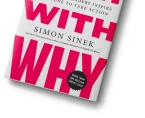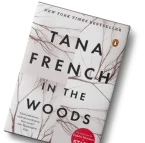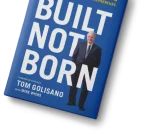So, you’ve thought, “I want to write a book”, but feel confused by questions like: What kind of book should I write? How do I actually start writing a book when I’ve never written anything besides emails or social media? Can I finish it? And then what—publish it?
You’re not alone. Many first-time writers feel this way. What matters most is taking the first step and knowing how to keep going. Over the next several thousand words, you’ll get a clear, practical guide on how to start writing a book and steps to writing a book even if you have absolutely no experience.
Along the way, you’ll understand:
- How to pick your book’s type and structure
- How to brainstorm, outline, write, and revise with clarity
- Exactly how to construct a book, from draft to publishing-ready
- Why Estorytellers can be your writing partner, not just a service—you don’t have to do this alone
Let’s begin.
Dreaming of Writing a Book?
Our expert writers help you get started — from concept to structure to the first chapter.
Start My Book1. Choose Your Book Type: What Kind of Book Do You Want to Write?
Before you start writing a book, you must clarify what you’re writing. Often, beginners jump in without this clarity and hit walls.
Common Book Types
- Fiction novels – Romance, fantasy, thrillers, sci‑fi, literary, historical
- Memoirs or personal essays – Your real life, told as a story
- Non-fiction guides – Self-help, how-to, business, personal growth
- Short story collections – Multiple short fiction stories under one theme
- Children’s books – Picture books, early readers, middle-grade
Ask yourself:
- Are you more drawn to telling a story or sharing information?
- Do you want to entertain your readers or teach them something?
- Is your idea better suited for a full-length novel or a short story?
Knowing this allows you to start writing a book and structure your work properly. For instance, writing a fiction novel and a how-to non-fiction guide require different planning and execution strategies.
Estorytellers helps you identify the perfect format—whether you’re writing a memoir, starting a novel, or even planning a hybrid work like “creative non-fiction.” Their writing coaches provide clarity from day one.
Have an Idea But Don’t Know Where to Begin?
We help authors like you outline, write, and complete their first book with confidence.
Talk to a Coach2. Brainstorming: Generate Ideas Then Organize Them
Once you’ve defined your book type, it’s time to brainstorm—that vast, expressive step between abstract idea and structured book.
How to Book Writing & Brainstorm Effectively
- Grab a notebook or open a blank doc
- Spend 10 minutes free-writing ideas—no judgment
- List potential titles, characters, scenes, memories, or topics
- Capture emotional themes: loss, transformation, love, success
This is fertile territory—don’t censor yourself. Once you’ve let ideas flow, it’s time to organize.
Write Without Writing With The Top 8 Book Ghostwriting Services in India
Turning Brainstorming into an Outline
This is where your book outline comes in. Think of it as the scaffolding that supports your writing. Your outline doesn’t need to be rigid—just logical and flexible.
A simple outline can include:
- Working Title
- Book Type (e.g., fictional thriller, how-to guide)
- Main Idea or Message
- Core Characters or Topics
- Chapter Headings or Scenes
A three-part template works well:
- Part 1: Setup – Introduce your central theme, characters, or conflict
- Part 2: Development/Conflict – Build tension, provide content or complication
- Part 3: Resolution – Conclude your story arc or provide final insights
This is your writing a book template. It will evolve as you write, but it gives you structure to follow.
Estorytellers can take your raw ideas and turn them into a polished outline. They even co-write with you, adapting the outline as you go. Imagine starting with fragments and ending up with a full, structured story ready to draft.
Writing Your First Book?
We’ve helped 200+ first-time authors write and publish books they’re proud of. You’re next.
Get Started Now3. Learn the Writing Process Steps
Writing a book—a novel, memoir, or guide—is a multi-step process. It’s rarely linear, but it can be made manageable. Here is the method for step by step writing a book:
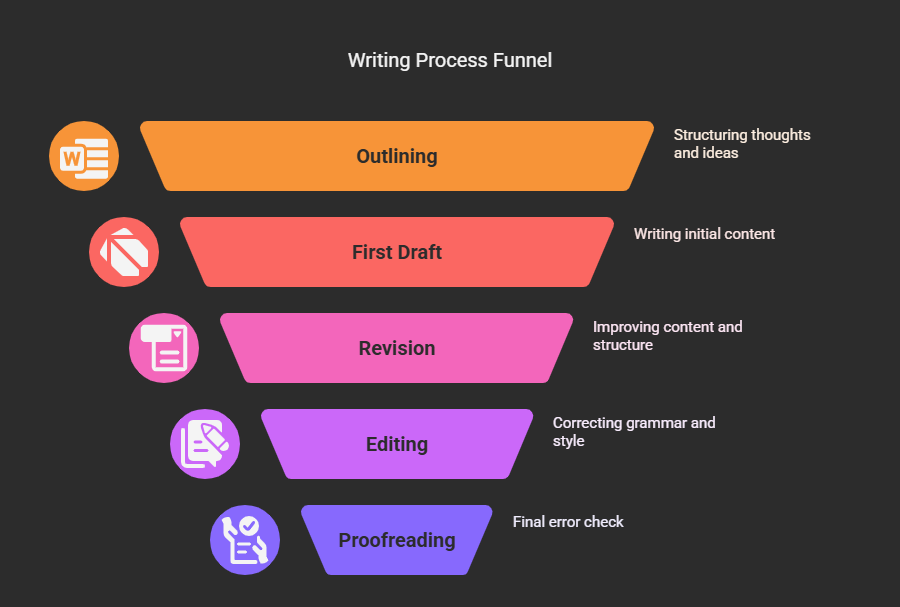
- Idea generation: This is the initial stage where you brainstorm and come up with ideas for your writing project.
- Outlining: After generating ideas, create an outline to organize your thoughts and structure your writing.
- First draft: Write the first draft based on your outline, focusing on getting your ideas down without worrying too much about perfection.
- Revision: Review your first draft and make significant changes to improve the content, structure, and flow.
- Editing: Fine-tune your writing by correcting grammar, punctuation, and style issues.
- Proofreading: Conduct a final check for any remaining errors or typos before moving on to the next stage.
- Publishing prep: Prepare your document for publication, which may include formatting, designing a cover, and finalizing any necessary details.
Understanding each step before you start writing a book helps you feel less overwhelmed and more in control. Let’s explore each.
4. Constructing the Book: From Outline to Scenes
Outlining Techniques
You might ask: What’s the best way to construct a book outline?
There are several popular methods:
- Bullet-point chapter summaries
- Scene-by-scene breakdown (great for fiction novels)
- Mind-map layouts (visual, flexible)
- Project timelines (ideal for non-fiction)
Even a simple sequence of chapters, each with a one-line goal, can evolve into a full draft.
Not Sure Where to Begin?
Book a free 1:1 consultation to get a roadmap for writing, publishing, and promoting your book.
Book Free CallWriting Your First Scene
Open with action, dialogue, or a memorable setting. Begin wherever the story breathes life—this may be your introduction or a later chapter.
For nonfiction or how-to books, start with a compelling fact, anecdote, or problem statement.
Remember: You don’t have to begin at page one. Write the scene that excites you most. Soon, you’ll have momentum—and may choose to write the final chapter next. It doesn’t matter—just start.
5. How to Write a Book and Get Published with No Experience
Experience isn’t required. Writing is learned.
The secret? Consistency, feedback, and support.
Tactics to Get Started and Keep Going
- Set a daily or weekly word goal (e.g., 300 words/day)
- Use writing sprints (20-minute intense focus sessions)
- Join writing communities or virtual write-ins
- Track your progress—words written is a great motivator
Your first drafts will be messy, but that’s okay. The secret is to finish. Then revise.
Below, you’ll get the information on how to start writing a bookget published with ease.
How Estorytellers Supports Beginners
If the sheer size of your project overwhelms you, ghostwriting is a real option. Estorytellers teams develop sections based on your input, or even full chapters, or even entire manuscripts. You stay in creative control, review drafts, and can rewrite or expand sections until they truly feel like yours.
This hands-on, collaborative approach accelerates your project, offers structure, and gives you confidence. Especially helpful when you have no previous writing experience.
Want Professional Help?
From writing to editing and publishing — we’ll be with you every step of the journey.
Get Full Support6. Writing a Story: Fundamentals for Fiction
Thinking how can I write a novel starts here—with storytelling basics.
Character
Your protagonist needs a goal, a flaw, and a transformation. To write a novel for beginners, characters must be relatable and layered—even in genre fiction.
Plot
Stick to a basic structure:
- Setup
- Rising tension
- Climax
- Resolution
Plot complexity increases with length. Keep your story clear and meaningful.
Setting
Even minimal settings help ground a scene. Be specific: a blue-front door, the sound of cicadas on summer nights.
Dialogue
Dialogue should feel natural. People interrupt. Some sentences are unfinished. Real dialogue is messy—let it be in your writing.
Pro tip: Read your dialogue aloud. If you stumble, your readers will too.
7. Writing Nonfiction or Guides
If you’re creating a non-fiction or how-to book, you still use story, just structured differently.
Define Your Audience
Who will benefit most from your book?
Clear Chapters
Each chapter should:
- Cover a specific sub-topic
- Start with a hook or question
- Build clearly
- Offer actionable tips or a takeaway
This is where your writing a book template becomes a checklist: Introduction → Problem → Solution → Examples → Action Step → Summary.
Estorytellers supports nonfiction writers by organizing your heavy ideas into digestible, flowing chapters.
No Time to Write?
Our ghostwriters help you turn your ideas into a high-quality book — without writing a single word.
Hire a Ghostwriter8. Editing: Turning Draft into Polished Book
Writing is only half the battle. Great books are rewritten, refined, and polished.
The Editing Steps
- Structural (Developmental) Edit
Are characters compelling? Does nonfiction flow logically? - Line/Edit
Do sentences sound good? Are transitions smooth? - Copyediting & Proofreading
Typos, grammar, punctuation—addressed last
Help from Estorytellers
Their editors specialize in developmental structure first. They don’t just fix punctuation, they help with pacing, cut unnecessary content, and strengthen your voice. When they’re done, your manuscript feels polished, purposeful, and read-ready.
9. How to Start Writing a Book and Get It Published
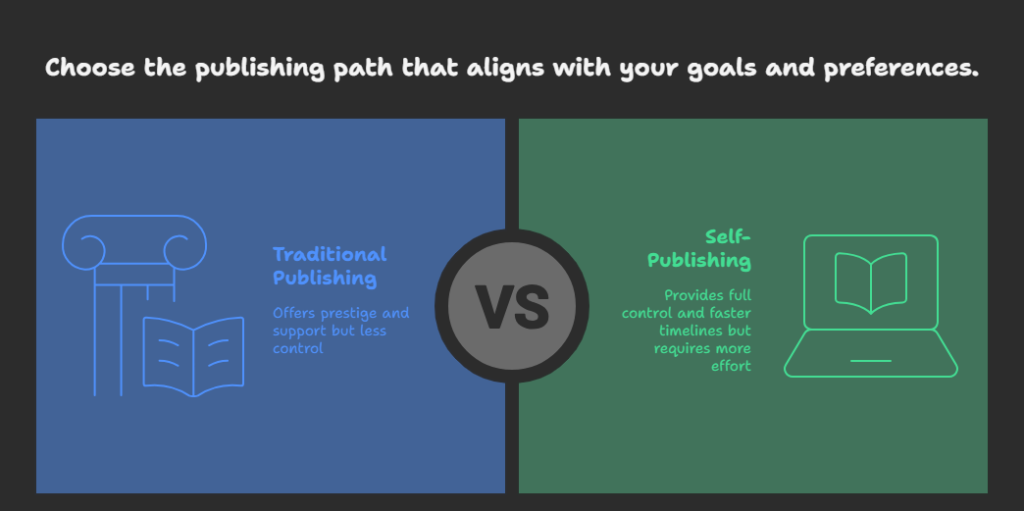
Decide Between Traditional or Self-Publishing
- Traditional publishing = query agents, long wait, less control
- Self-publishing = faster, higher royalties, full control
Publishing Requirements
Regardless of route, your book needs:
- A great cover
- Formatted interior (PDF, Ebook, print)
- Chunked table of contents
- Page layout (for nonfiction)
- Front/back matter
- ISBN and metadata (keywords, categories)
Platforms like Amazon KDP, IngramSpark, and Barnes & Noble Press require publisher-quality files.
Estorytellers provides these services end-to-end: cover design, interior formatting, metadata, and publishing upload. They ensure your book is market-ready—and that readers see it as professional.
10. Marketing & Launch Strategy
Your book needs a launch plan, just like a product.
Marketing Basics
- Build an author website (start simple: home page, book page, sign-up form)
- Collect emails (newsletter is critical)
- Use social media (Instagram, LinkedIn, themed TikToks)
- Create pre-launch freebies (a chapter, worksheet)
- Encourage reviews (give free advance copies)
- Run promotions or book events
- Network with niche influencers or book bloggers
A successful launch is consistent and connected to your target readers.
Estorytellers’ Marketing Support
They help build a cohesive launch plan: design graphics, craft newsletter emails, pitch to bloggers, and run promotional deals. They even manage Amazon Ads or BookBub campaigns—letting you focus on writing and engaging with readers.
Overwhelmed by the Process?
We simplify book writing with clear steps — from outline to chapters to final manuscript.
Get Step-by-Step HelpConclusion:
You don’t need decades of experience to write and publish a book.
So, if you are still wondering how can i write a book? Here’s what you need to get started:
- Clarity about what you’re creating
- A structured process to get words on the page
- Support for writing, editing, and getting published
That’s where Estorytellers comes in to help. They’re more than a service, they’re a guide, a writing partner, and a publishing ally.
Today, take the step: outline your first three chapters. Or write your opening scene. When doubt creeps in, remember: every writer starts with a single word.







